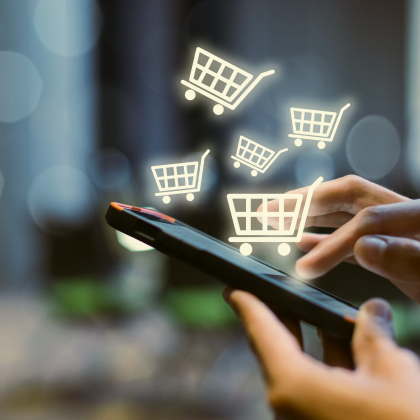Modern challenges faced by utility providers demand not only a reliable supply of water, gas, electricity, and heat to residents, but also high operational efficiency in managing these resources. Leaks, inaccurate readings, human error, unauthorized connections, and system failures all lead to financial losses, increased operating costs, and decreased trust among consumers.
The answer to these challenges is digitalization in utilities, which is becoming a powerful tool for transforming how energy and water systems are managed.
In this article, we explain how automation and digital tracking reduce resource losses, provide transparent billing, and improve service quality for all stakeholders—from providers to end users.
Why Resources Are Lost in the Utility Sector
Resource losses are not always the result of disasters. More often, they are caused by:
- leaks in old or deteriorated pipelines
- inaccuracies in manual data collection
- unauthorized connections to utility networks
- delays in repairs due to lack of real-time data
- billing errors caused by incorrect meter readings
Together, these issues result in excessive consumption of water, gas, heat, and electricity, revenue shortfalls, and customer dissatisfaction.
Digitalization as a Solution
Shifting to advanced metering infrastructure (AMI) enables more accurate, transparent, and predictable operations. Modern smart meters equipped with wireless communication modules (such as LoRaWAN) enable continuous real-time data collection on resource consumption.
The benefits of digital metering include:
- early water leak detection and anomaly alerts: sensors track unusual consumption patterns and immediately notify utility personnel, helping prevent costly system failures.
- cost reduction in field operations: with automation in place, there’s no need for manual readings or regular site visits.
- detection of unauthorized usage: systems identify anomalies like tampering attempts or unapproved network connections.
- accurate billing: consumers are charged based on actual usage, not estimated or average values—ensuring transparency and fairness.
A Unified Digital Ecosystem
One of the most important advantages of utility digitization is the ability to integrate all consumption tracking systems into a single platform. Today’s software solutions allow utilities to:
- monitor all resources—water, heat, gas, electricity—through a unified dashboard;
- use utility analytics to identify high-pressure zones, frequent leaks, or overloaded circuits;
- connect with billing and CRM systems to automate invoices and customer notifications;
- manage emergencies and dispatch teams in real time using infrastructure automation tools.
Such systems not only help providers react to incidents but also prevent them—thanks to predictive maintenance and continuous remote monitoring.
Comfort and Trust for Consumers
Digitalization is not just a benefit for utility companies, it also enhances service quality for users. Consumers receive accurate and timely bills without having to submit readings manually. In mobile apps or customer portals, users can view real-time usage data and control their consumption, contributing to energy savings.
As a result, customer trust increases while complaints decrease. Utilities are no longer seen as outdated or bureaucratic services, but as modern, responsive providers of essential infrastructure.
Digitalization as an Investment in Sustainability
Reducing resource losses is not only about saving money—it’s about the environment. Efficient management of water, gas, and heat reduces environmental impact and supports the development of resilient, sustainable infrastructure. It aligns with global environmental goals and investor priorities in ESG-focused initiatives.
Moreover, the implementation of smart grid technology, digital twin modeling, and grid modernization positions utilities to better plan infrastructure improvements and ensure long-term sustainability.
Digitalization in utilities is no longer just a trend—it is a practical and essential step toward improving the grid efficiency, transparency, and long-term reliability of utility operations. With smart energy management and integrated digital systems, providers can detect where resources are lost and react quickly to faults, delivering a transparent and cost-effective service.
By leveraging IoT in utilities, analytics, and modern infrastructure tools, utility companies gain full visibility into usage patterns, reduce non-revenue water, and optimize every link in the resource supply chain. It’s a smarter way to work—and a smarter future for cities.



